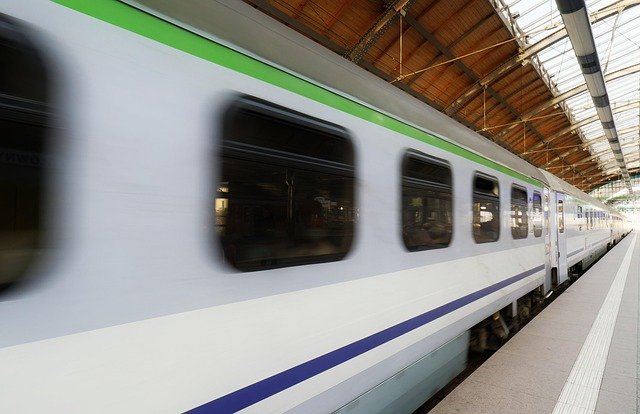Practical checklist for stress-free airport transfers and connections
Efficient airport transfers and smooth connections reduce travel stress and protect your schedule. This short overview highlights practical steps to plan your mobility, coordinate multimodal links, and adapt to local services. Use this to refine your itinerary and improve on-the-ground decision making when moving between terminals and city centers.

Start planning early to avoid common transfer issues. Confirm flight arrival and departure times, and factor in minimum connection times for specific airports or airlines. Check your booking for terminal details and baggage arrangements, and note any visa or health requirements that could affect transit. Have digital and printed copies of essential documents, and save contact numbers for your airline and local services. A calm, prepared approach to logistics reduces the chance of missed connections and keeps the passenger experience predictable.
Mobility and multimodal options
Assess which mobility modes fit your route and schedule. Many journeys combine aviation with rail, coach, or rideshare services to reach city centers. Where rail and express services operate, they can provide reliable travel times and dedicated lanes, improving connectivity during peak hours. Consider multimodal tickets or passes that link airport rails to urban transit, and compare door-to-door duration with total journey time to evaluate the best option for your commute and luggage needs.
Planning your itinerary and booking
Integrate transfer time into your itinerary before finalizing booking. Choose flights with adequate connection windows, especially when switching between airlines or terminals. Use booking notes to register special assistance needs and confirm seat and baggage rules in advance. Maintain flexible reservations where possible and check real-time updates from airlines and transport providers. Synchronize calendars, save booking reference numbers, and keep an offline copy of confirmations to avoid delays if mobile connectivity is limited.
Lastmile and rideshare choices
Lastmile options often determine whether a transfer feels seamless or stressful. Rideshare services can be faster door-to-door, but consider surge pricing, traffic, and pickup zones at the airport. Shared shuttles can be cost-effective for groups or budget itineraries but add stops and time. If relying on local taxis, confirm licensing and estimated fares with the operator or the airport information desk. Identify designated pickup points in advance and have local cash or a payment method accepted in your area.
Aviation, rail, and passenger transfers
Understand the layout of the airports and rail links you will use. Large hubs may require inter-terminal transfers by shuttle or automated transit, while some airports are directly linked to urban rail networks. Check connections between aviation schedules and rail timetables, and allow buffer time for immigration, security, and baggage claim. For rail segments, reserve seats if required and verify luggage limits. Clear signage and wayfinding maps at stations and airport concourses improve on-the-ground navigation for transferring passengers.
Accessibility and sustainability considerations
Factor accessibility needs and sustainability goals into transfer choices. Many transport providers offer accessibility services for passengers with reduced mobility; request these ahead of travel and confirm pickup arrangements. For lower environmental impact, evaluate public rail or coach options, which typically reduce per-passenger emissions compared with solo car pickups. If carbon footprint or accessible routing matters to your itinerary, document your preferences when booking and verify service features with local providers in your area.
Fares, logistics, and cost comparisons
Estimate fares and logistics early to balance budget and reliability. Typical airport transfer costs vary by mode and region. Below is a simple comparison of common transfer services and typical cost ranges to guide planning. Use the provider names as starting points for local research and check current rates for your exact route.
| Product/Service | Provider | Cost Estimation |
|---|---|---|
| Rideshare (airport transfer) | Uber or Lyft | USD 20 to 80 depending on city and distance |
| Airport express rail | Heathrow Express or equivalent airport rail | GBP 10 to 30 (or local equivalent), varies by city and advance purchase |
| Shared airport shuttle | Local shuttle operators | USD 10 to 30 per person for nearby airports |
| Licensed taxi | Local taxi companies | USD 30 to 100 depending on distance and time of day |
Prices, rates, or cost estimates mentioned in this article are based on the latest available information but may change over time. Independent research is advised before making financial decisions.
Conclusion A stress-free airport transfer relies on combining careful itinerary planning, realistic time buffers, and awareness of multimodal options. Preparing documents, confirming bookings, and understanding local pickup points smooth transitions between aviation and ground transport. Consider accessibility, sustainability, and fare trade-offs to align choices with your priorities and minimize surprises during the commute.





